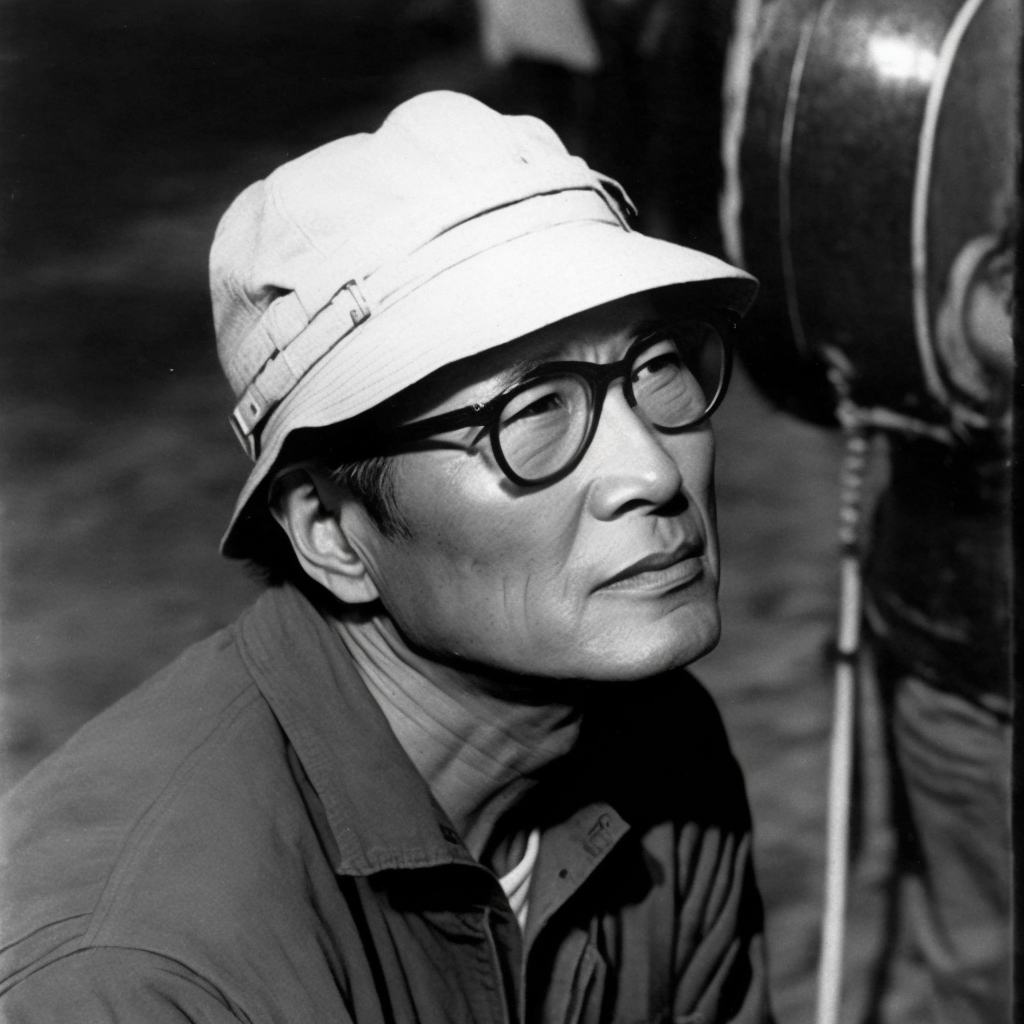The Ballad of Narayama is a 1983 Japanese film directed by Imamura Shohei, based on the novel of the same name by Fukazawa Shichirō. Set in a small, isolated mountain village in 19th-century Japan, the film explores themes of tradition, family and survival.
The story of The Ballad of Narayama is set in traditional rural Japan, where life is harsh and resources are limited. Against this backdrop, the villagers practice the custom of ubasute, which involves taking the elderly to a mountain to die, in order to preserve resources for the younger generation. Orin, the mother of protagonist Tatsuhei, is soon to reach the age of 70, when she must be taken to the mountain.
The film explores how this tradition affects the life of the community, as well as the personal and ethical dilemmas facing Tatsuhei. Tatsuhei is a complex character who is both loyal to his family and his community, but who also questions the practice of ubasute. He believes that the elderly should have the right to die in a natural way, surrounded by their family and community, rather than being abandoned on a remote mountain.
The Ballad of Narayama is a visually stunning film, with breathtaking panoramic shots of the region’s mountains and forests. Traditional Japanese music is also a key element of the film, adding an extra dimension to the village atmosphere.
The film tackles universal themes such as the sense of community, traditions and difficult ethical choices. Although the story is set in a specific Japanese context, the ethical dilemmas it raises are relevant worldwide, where many countries are faced with an aging population and difficult choices in caring for the elderly.



